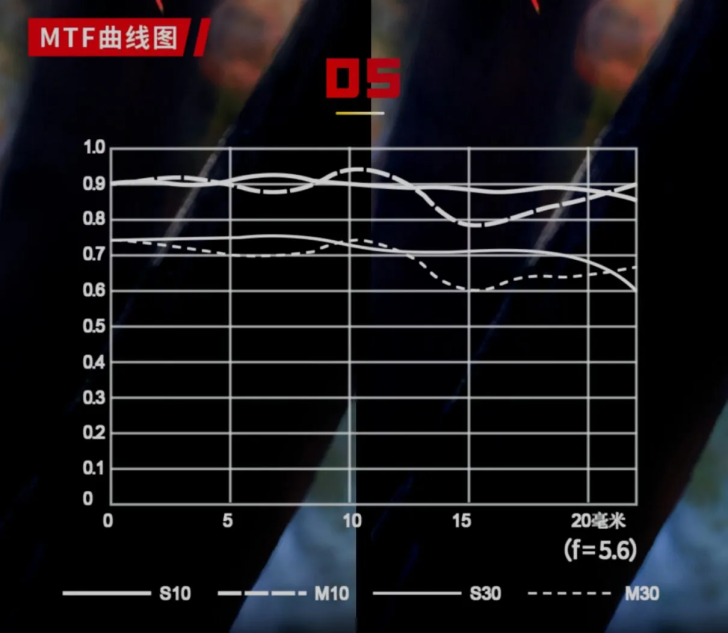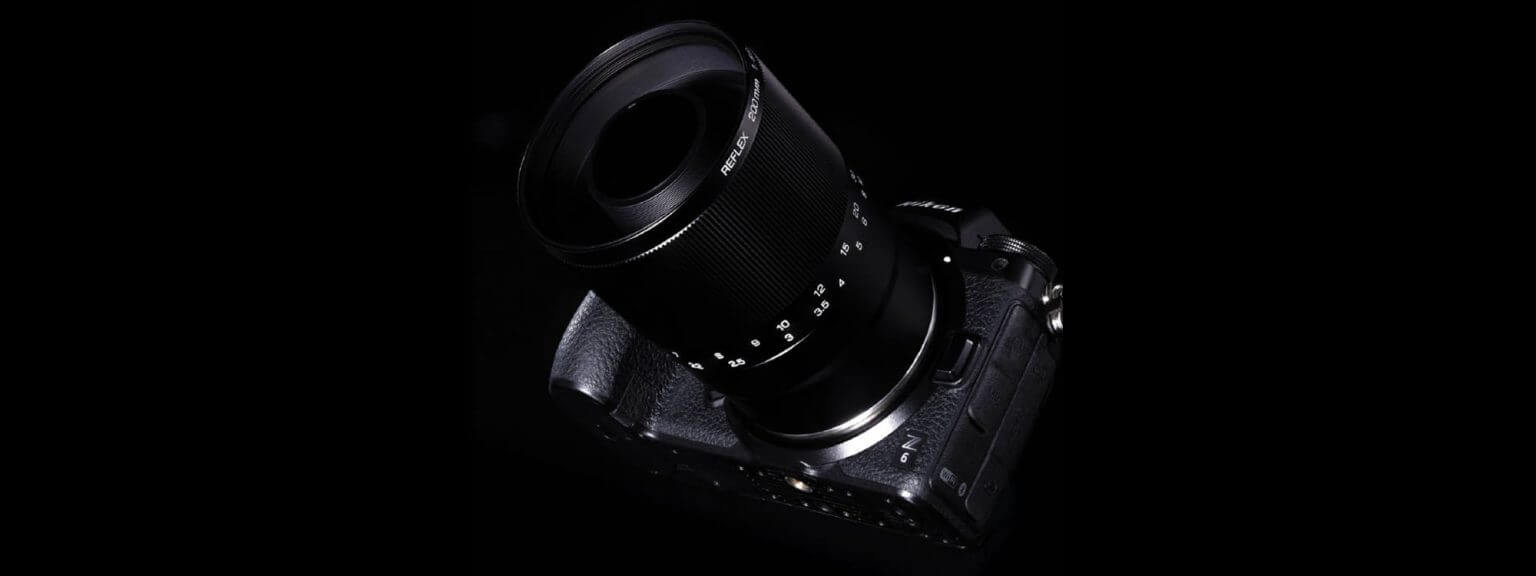Outside of a few internet resources I can find little about this from actually Kase. I'm going to assume this isn't generally available but was soft-announced during CP+ 2024, as Kase is there.
Kase, who makes some pretty nice filters and sets seems to be setting their sights on lenses (like just about every other company dealing with cameras in China). This isn't a bad thing, the more the merrier and competition is great.
This lens may have limited appeal but it may be interesting for astrophotography as what normally a Catadioptric lens is used for. A toss in the bag 200mm, plus a compact automatic star tracker system like the older Vixen Polarie and you'd have an ultra-light system on the go. Don't ask me how usable it will be, but it could be a fun project.
One thing not going for this seems to be the price – which seems a bit excessive for a Catadioptric lens, unless it's in the upper-grade category, and looking at the MTF it doesn't seem to be there. But it also doesn't seem to have much in the way of astigmatism, so it just may be useful for stars.

Since we are going from a currency conversion (rumored price is 3200-4200 RMB), it may roll in a lot cheaper in the end and hopefully well under the $500 mark. For a non-electronically connected lens with no AF, I wouldn't want to pay that much more for this.
Specifications as we know of them are;
- Format: Full-frame
- Mount: GF/X/RF/EF/E/Z
- Focal length: 200mm
- Aperture value: F5.6
- Lens configuration: 6 elements in 5 groups
- Shortest shooting distance: 2m
- Maximum shooting magnification: 0.11x
- Filter diameter: 67mm
- Size: φ71×116mm (E-mount version)
- Weight: 424g (E-mount version)
- Image stabilization:-
- Other features:
・Nano coating
・Multi coating
・Aluminum lens barrel
Via: Asoboinet
The lens with camera body image credit: PhotoRumors


- angle of view (24x36): 23.6°
- Length: 95 mm (Canon EF) / 114,7 mm (Canon RF)
- Weight: 384 g (Canon EF) / 430 g (Canon RF)
Source: https://weibo.com/ttarticle/p/show?id=2309405004304690839855Zut, j'aurais pu repondre en francais...
26mm longer for one stop more, diaphragm, ball bokeh instead of donuts ...
It should be possible a f/4 200mm lens in the same size of this mirror lens if you use modern glass types and maybe an aspherical element.
Such an RF mount lens with 1:4 close-up and AF would be very interesting for me.
yes but far more compact especially for telescope focals - but 200mm is basically what I would call a wide field telescope really, versus the 1500 to 25000mm normal schmidt cassegrains. My most portable telescope way back when was a Williams optics 80mm FL telescope. I miss that thing. It was still a beast of a lens though. That being said, at 200mm you can get away with a cheaper mount too.